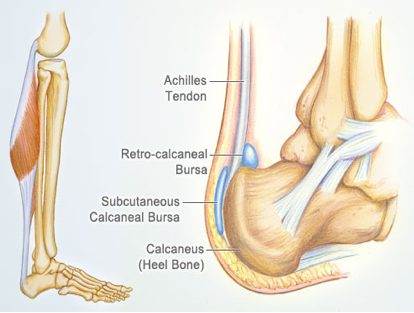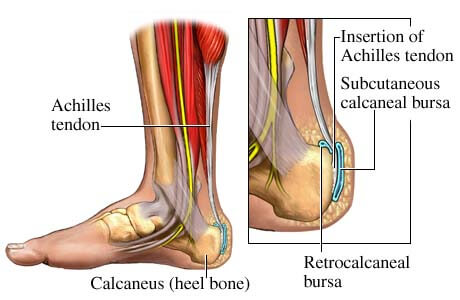
Tendinosis in dogs can cause a lot of pain and discomfort. Many people often assume that if a tendon becomes inflamed, it's likely tendonitis. But research indicates that tendonitis only occurs in a small percentage of dogs, tendinosis much more common. If your dog has tendonitis, it's usually assumed to be tendinitis, but in many cases, tendinosis can also be misdiagnosed.
Tendon is a fibrous band of tissue that runs through joints and runs up and down the back of a joint. When there is too much strain on a joint, this damage causes the tendons to grow weak, loose and degenerate. Over time, the tendon will slowly weaken enough so that the joint becomes completely immobile and cannot be moved at all. The process of tendon degeneration is called degenerative tendinopathy. In dogs, the degeneration may cause pain and sometimes inflammation.
There are many different types of tendonopathies, but tendonitis is the most common condition. The most common signs that your dog may have tendonitis include pain and stiffness in the affected joint, redness, warmth or soreness around the affected area, swelling, bruising, fever and loss of appetite, intoxication Intoxic, inactivity, inability to jump, lethargy, and / or pain.
The condition itself is caused by excessive stress on the joint, causing the tendon to become sore and weak. The most common cause of tendonitis in dogs is arthritis. In most cases, a dog cannot tell when it has arthritis as its pain is usually very similar to the pain humans experience. However, if your dog suddenly feels pain, especially at night, you should see your veterinarian immediately.
Unfortunately, many dog owners don't realize the possibility that their dogs have tendinitis until it's too late. However, if your dog has symptoms, you should always check with your veterinarian. Do not wait for the condition to get worse, as the dog may have an infection that can spread to other joints and can also spread from there.
Tendinitis in dogs can often be treated with non-steroidal anti-inflammatory drugs such as prednisone and ibuprofen. Corticosteroids are used in more severe cases of tendinopathy. Another medication commonly prescribed for dogs with tendinopathy is anti-inflammatory and nonsteroidal anti-inflammatory drugs or NSAIDs such as aspirin and ibuprofen. There are also nonsteroidal antidepressants that are prescribed for dogs with tendinopathy.

For the most part, treating tendonitis in dogs is pain relief. This includes physical therapy for the joint to stretch the inflamed tendons. Your veterinarian may also recommend exercises to strengthen the joint and may recommend surgery if your dog has severe symptoms that go beyond anti-inflammatory drugs. Surgery is rarely done in dogs with severe tendonopathy, although it is always possible.
There are surgical options, such as a procedure called joint repositioning, to correct a dislocated joint. If you feel a condition warrants such intervention, your veterinarian may refer you to a specialist.
Because tendinosis is so painful for dog owners, surgery is seldom recommended unless absolutely necessary. There are other options though, such as cortisone injections. In this case, your vet may perform the injection into the tendon to help stimulate the production of new collagen, so that it becomes stronger and more supple.
Another common option for dogs with tendinopathy is surgery to remove cartilage that's growing loose and becomes infected with bacteria. This procedure is called a surgical curettage.
If your vet recommends surgery, you should discuss your options with him. You should also ask for an explanation of the risks of the surgery, and ask to see any reports and testimonials that you can find before you make a final decision.
Leave a Reply